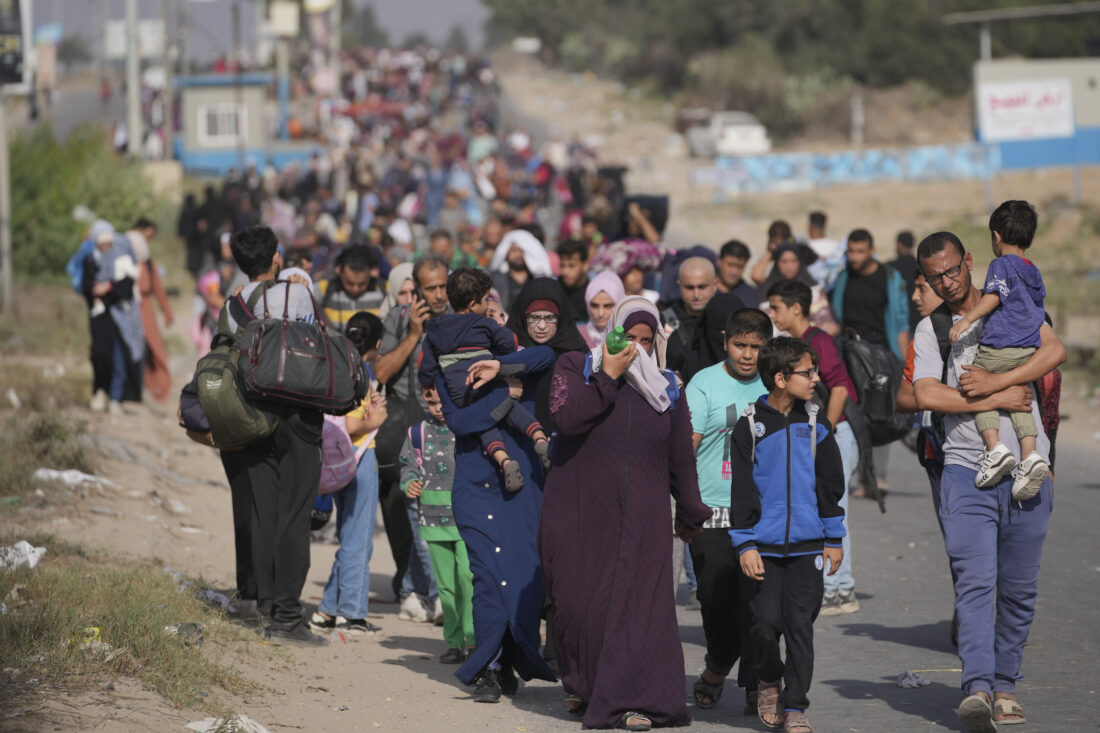Throughout the first few months of his term as 47th president of the United States of America, President Donald Trump has placed unprecedented amounts of tariffs on many of the United States’ largest trading partners, including Canada, Mexico, China, the European Union, and more. Many of these nations have retaliated. Trump’s most significant target has been China, whose exports to the US are faced with up to 245% tariffs as of April 19.
This year, Trump has imposed tariffs of up to 145% on China. This has brought the total tariff on Chinese goods to 245% when added to 100% tariffs that had built up during Trump’s first term and Former President Joe Biden’s presidency. President Trump’s first tariff on China this year was in response to the fentanyl crisis in the US, which he claimed spread to the US from foreign countries such as China; the tariff was announced on Feb. 1 as an additional 10% on China as well as 25% on Canada and Mexico to go into effect on Feb. 4. However, on Feb. 3, President Trump issued a 30-day pause on the tariffs on Canada and Mexico, leaving the Chinese tariff in place while the others were set to go into effect on March 4. In response, China issued a 10-15% tariff on the US that same day. During the rest of February and March, President Trump doubled the 10% tariffs on China, imposed tariffs on specific goods for various nations, and received retaliation such as a 25% tariff from Canada and more tariffs of up to 15% from China.
President Trump’s biggest rollout of tariffs occurred on April 2, which the President referred to as “Liberation Day.” On this day, he imposed a 10% baseline tariff on all nations, effective immediately. This rollout also included varying additional tariffs on certain nations to go into effect April 9, the highest being an additional 50% tariff on China. On the day that they went into effect, President Trump issued a 90-day freeze on these tariffs, leaving China as an exception again with increased tariffs to the total of 245%. This sparked China’s 145% tariffs against the US, as well as other retaliations such as the Hong Kong Postal Service placing a blockade on US packages on April 19.
The goal of tariffs like these is to discourage consumers from buying foreign goods in order to promote domestic companies. However, because no major country can produce everything needed to support their population, tariffs often result in raised prices on all consumer goods. A study by Yale University’s “The Budget Lab” published on April 2 showed that tariffs from this year so far would increase prices in the US by 2.3%. Already increasing prices on consumer goods from cars to apparel, as well as retaliatory tariffs on US exports have raised concern across the nation that President Trump’s tariffs will do more harm than good for the US economy.
Categories:
President Trump’s tariffs spark global controversy
Elizabeth Davis, Copy Editor
May 7, 2025

With a stack of many more on his desk, President Trump signs an executive order on Jan. 20. On this day, the president also signed the “America First Trade Policy” memorandum, outlining his ideas for an economy that relies less on foreign products. (photo from Assahifa)
0
Tags:
Donate to The Talon
$25
$500
Contributed
Our Goal
Your donation will support the student journalists of Rockwood Summit High School. Your contribution will allow us to purchase equipment and cover our annual website hosting costs.
More to Discover
About the Contributor

Elizabeth Davis, Copy Editor
Class of 2027





